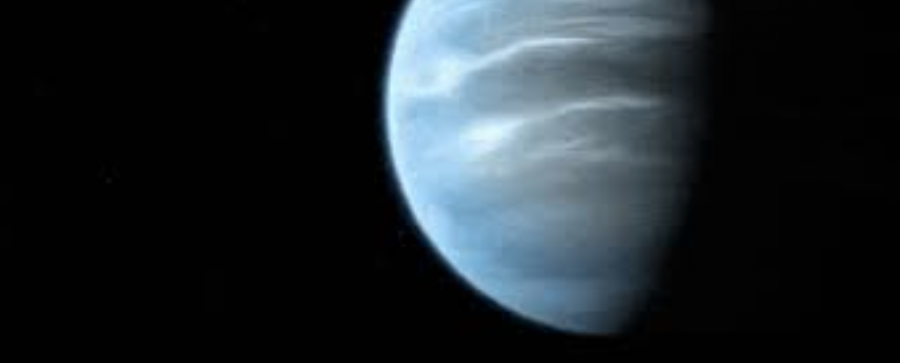Water vapor found on exoplanet K2-18 b sparks debate

Scientists from Nature Astronomy claim K2-18 b is a “super Earth”, because it is larger than Earth but smaller than Neptune. Moreover, more scientists are starting to believe this exoplanet is more of a mini Neptune, because of its gas surface.
Nature correspondent Alexandria Witze is one scientist that believes K2-18 b is a mini-Neptune. Witze says that because “it’s got a thick hydrogen atmosphere and if you want to find the water you’d have to go ballooning. But, the work is pushing the limits of understanding these alien worlds and how like (or unlike) Earth they may be.”
Exoplanet scientist Erin May also disagrees with K2-18 b being a super Earth as well. May explains that “Many studies show that it’s extremely difficult to make a planet > than 2 Earth-radii without a large atmosphere. Mass & radius (density) alone are actually not very useful here. I’d also like to point out that from mass and radius alone, this planet should have never been considered a super-Earth. I think there’s a tendency to throw this term around because it’s more “exciting”, but we as astronomers need to keep our terminology straight.”
As groundbreaking as it may seem, water on planets doesn’t always necessarily mean life. There are many other factors for life to be sustainable, like size and the amount of oxygen. But with new technology advancements like the James Webb space telescope, finding life won’t be as hard as it once was.
Finding water vapor outside of our solar system is surely exciting, but what is actually happening on these exoplanets?
The report on the discovery of water vapor was found in two places: one published on the aiXiv website on September 10, while the other was published on Nature Astronomy on September 11. But once it hit social media, other scientists and astronomers had something to say on whether or not the exoplanet was suitable for life.
K2-18 b was originally found in 2015 by NASA’s Kepler spacecraft. The planet is eight times the mass of the Earth, and orbits a red “dwarf star”. But that’s not the only interesting fact about this exoplanet. It was also found to hold water vapor, an essential ingredient for life.

Olivia (Liv) Frey is the Editor-in-Chief and Opinion Editor of North Star News. Ever since joining NSN her freshman year, she has grown a deeper love...







